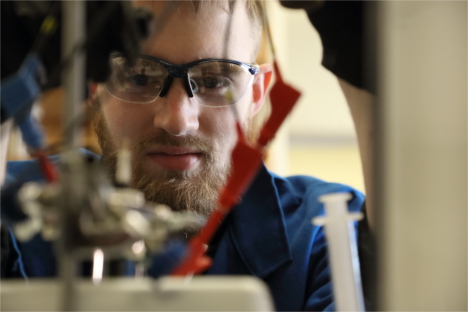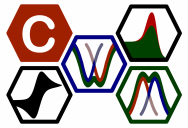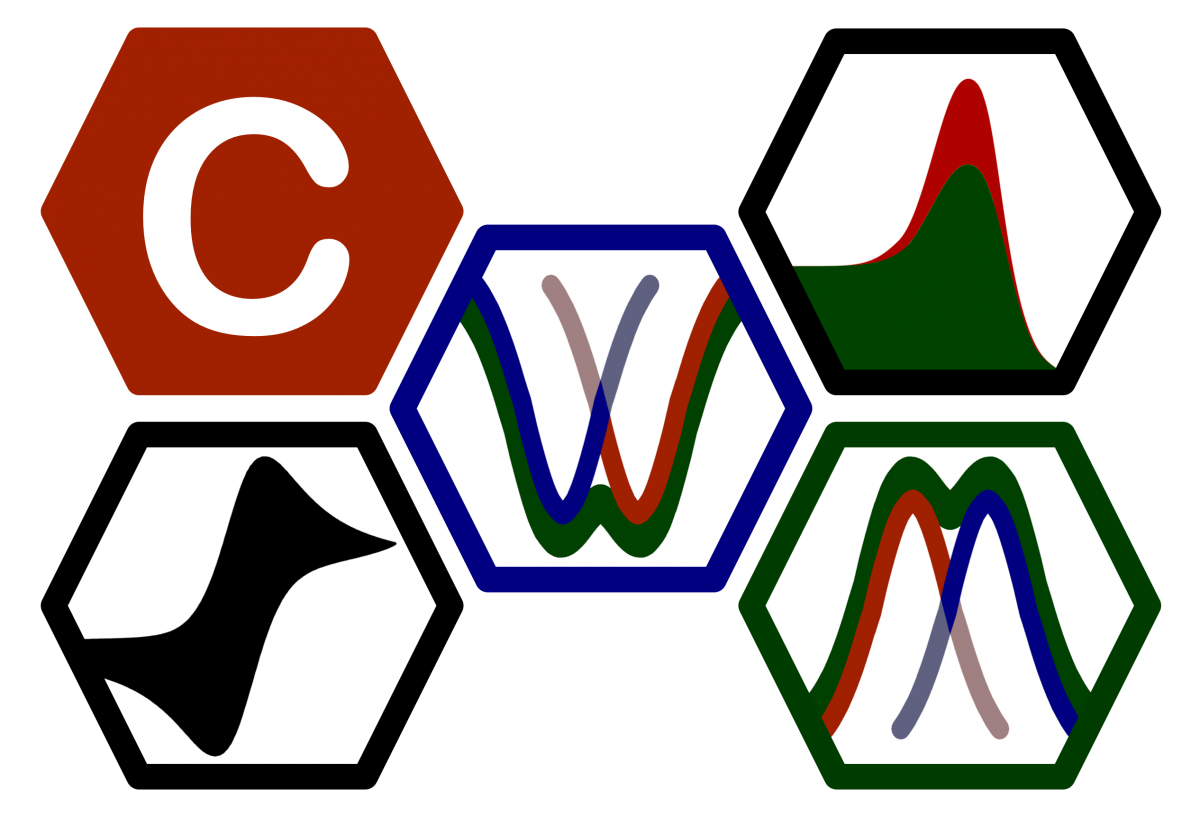Research Description
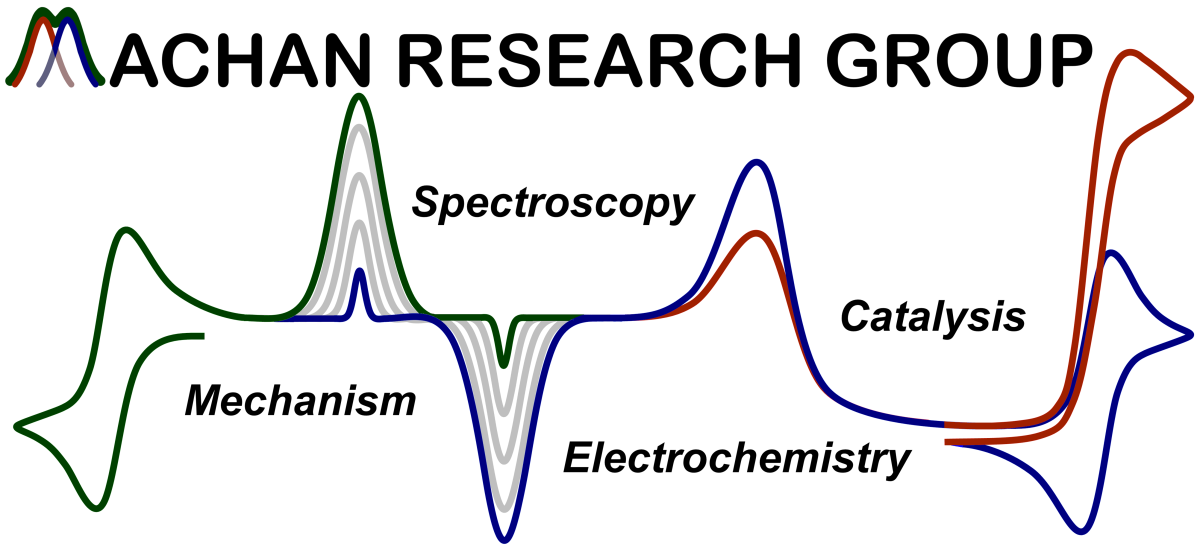
The Machan Research Group (Department of Chemistry at the University of Virginia) is interested in energy-relevant catalysis, particularly at the interface of molecular electrochemistry and materials. The development of efficient and selective transformations to produce commodity chemical precursors and fuels using CO2, O2, H2, and H2O as reagents remains an ongoing challenge for the storage of electrical energy within chemical bonds. Our approach is inspired by the numerous metalloproteins capable of catalyzing kinetically challenging reactions in an efficient manner under ambient conditions. This type of reactivity is achieved in bioinorganic systems through the convergent evolution of active sites with tailored coordination environments and macromolecular structures which can, among other things, transport substrates and products to and from the active site. Our research focuses on developing new inorganic complexes and materials which incorporate co-catalytic moieties, non-covalent secondary sphere interactions, and substrate relays as catalysts. These efforts represent an opportunity to address the problems posed by diminishing petrochemical reserves, increasing atmospheric carbon dioxide concentrations, and the shift to renewable energy.
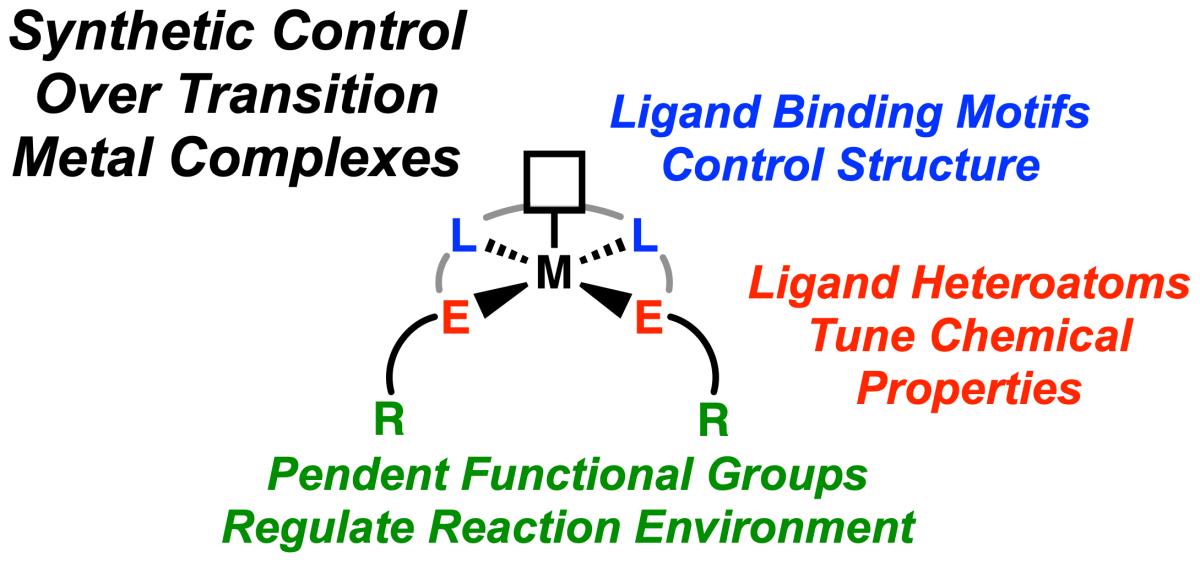
In order to characterize and optimize these systems, research in the Machan group uses synthetic inorganic chemistry, electrochemistry, and advanced characterization techniques (spectroelectrochemistry, stopped-flow IR and UV-vis spectroscopies). This enables us to develop an understanding of electronic structure and mechanism in transformations of interest. Brief summaries of current projects are listed below.
Electrochemical Reduction of Dioxygen by Homogeneous Catalysts
The reduction of dioxygen (O2) is of vital importance to energy related reactions. In biology, respiration uses O2 reduction as a thermodynamic sink, whereas fuel cells pair the oxygen reduction reaction (ORR) to H2O as a proton-dependent half-reaction to the oxidation of chemical fuels. Catalytic ORR processes mediated by molecular species continue to garner interest as models for more complex heterogeneous systems. We are interested in the understanding selective activation and reduction of O2 to H2O2 or H2O by molecular species through electrochemical, spectrochemical, and spectroelectrochemical studies. Using these studies, we are developing new ligand frameworks for aqeuous and non-aqeuous systems, some of which are models for metalloenzyme active sites.
Relevant Papers:
-
Dioxygen Reduction to Hydrogen Peroxide by a Molecular Mn Complex: Mechanistic Divergence between Homogeneous and Heterogeneous Reductants (J. Am. Chem. Soc. 2019 DOI:10.1021/jacs.8b13373)
-
Non-covalent Assembly of Proton Donors and p-benzoquinone Anions for Co-electrocatalytic Reduction of Dioxygen (Chem. Sci. 2021 DOI: 10.10139/D1SC01271A)
-
Pendent Relay Enhances H2O2 Selectivity during Dioxygen Reduction Mediated by Bipyridine-Based Co–N2O2 Complexes (J. Am. Chem. Soc. 2021 DOI: 10.1021/jacs.1c03381)
-
Catalytic Reduction of Dioxygen to Water by a Bioinspired Non-Heme Iron Complex via a 2+2 Mechanism (J. Am. Chem. Soc. 2021 DOI: 10.1021/jacs.1c04572)
-
Controlling Product Selectivity During Dioxygen Reduction with Mn Complexes Using Pendent Proton Donor Relays and Added Base (Chem. Sci. 2024 DOI: 10.1039/D3SC02611F)
-
Metal-Free Homogeneous O2 Reduction by an Iminium-based Electrocatalyst (J. Am. Chem. Soc. 2024 DOI: 10.1021/jacs.3c14549)
Molecular Electrocatalysts for Electrochemical Carbon Dioxide Conversion
The efficient and cost-effective catalytic reduction of CO2 using renewable energy remains a significant challenge for molecular species. Heterogeneous systems can produce highly reduced products like methane and ethylene from CO2, but these generally suffer from a lack of selectivity. The intrinsic advantage of molecular systems is the relative ease with which they may be characterized and quantified, relative to the distribution of active site morphologies that may be present in a bulk material. Using bioinspired design principles, we are investigating catalytic conversion strategies for producing CO and formic acid from CO2.
Relevant Papers:
- Highly Efficient Electrocatalytic Reduction of CO2 to CO by a Molecular Chromium Complex (ACS Catalysis 2020, DOI: 10.1021/acscatal.9b04687)
- Mediated Inner-Sphere Electron Transfer Induces Homogeneous Reduction of CO2 via Through-Space Electronic Conjugation (Angew. Chem., Int. Ed. 2022 DOI: 10.1002/anie.202109645 *VIP*)
- Inverse Potential Scaling in Co-Electrocatalytic Activity for CO2 Reduction Through Redox Mediator Tuning and Catalyst Design (Chem. Sci. 2022 DOI: 10.1039/D2SC03258A)
- Co-Electrocatalytic CO2 Reduction Mediated by a Dibenzophosphole Oxide and a Chromium Complex (Chem. Commun. 2023 DOI: 10.1039/D3CC00166K)
- “Improving Co-Electrocatalytic Carbon Dioxide Reduction by Optimizing the Relative Potentials of the Redox Mediator and Catalyst” (Chem. Commun. 2024, DOI: 10.1039/D4CC01988A *Inside Cover*)
Heterogenizing Molecular Catalysts
Translating solution-phase properties of molecular inorganic catalysts onto conducting surfaces is often challenging. In a heterogeneous configuration, the restriction of degrees of freedom, aggregation of molecular species, and stability of catalyst layers can impact activity and selectivity differently from homogeneous performance. Based on our general interest in how reaction environments can manipulate intrinsic performance of heterogeneous materials comprised of molecular active sites, we are examining how catalyst deposition can be tuned through polymer interactions. Interestingly, by simply changing the chemical interactions between molecular species and the binder components of the catalyst material, significant improvements in performance can be achieved.
Relevant Papers:
- “Exploring the Role of Polymer Interactions During Water Electrolysis Under Basic Conditions with Bifunctional Cobalt Corroles” (Energy Adv. 2024, DOI: 10.1039/D4YA00257A)
- “Polymer Binder Blends Stabilize Alkaline Hydrogen Evolution by Heterogenized Molecular Phen-based Cobalt Electrocatalysts Through Coordination and Environment Control” (J. Am. Chem. Soc. 2025, DOI:10.1021/jacs.4c18295)
Current Funding
PI: NSF MPS Catalysis CHE-2102156, CHE-2348515
PI: DOE BES Catalysis DE-SC0022219
Co-PI: DOE BES Catalysis DE-SC0023443
Co-PI: NSF CBET Catalysis ENG-2311116
Previous Funding
ACS PRF 61430-ND3
ExxonMobil
